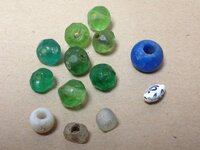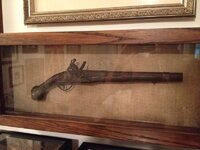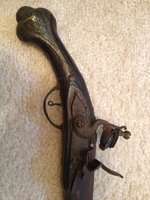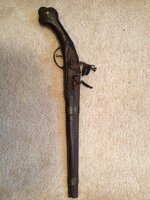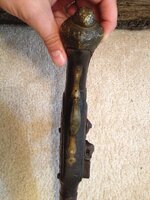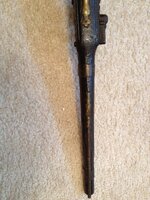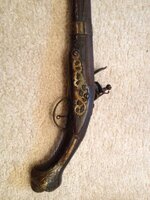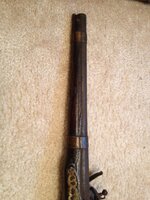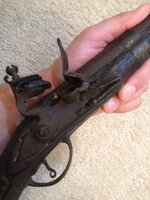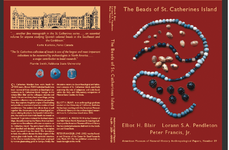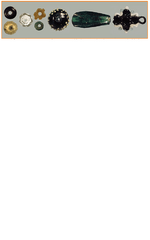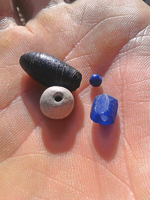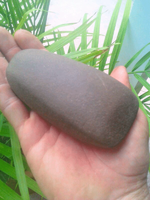PhipsFolly
Hero Member
- Sep 30, 2005
- 637
- 608
- Detector(s) used
- Minelab Sovereign Elite & Sovereign XS, Minelab Equinox 800 and Aquapulse AQ1B
- Primary Interest:
- All Treasure Hunting
Anyone have any knowledge on 17th and 18th Century European made (most likely Dutch) glass beads used in the African Slave Trade and in worldwide trade markets? I have recovered numerous trade beads from a local Treasure Coast property which lies just inshore from several early period wrecks. I know that some trade beads have been recovered in Corrigans Wreck survivors encampment in past excavations.Anyone else find any trade beads along the Treasure Coast associated with the shipwrecks in our area?


